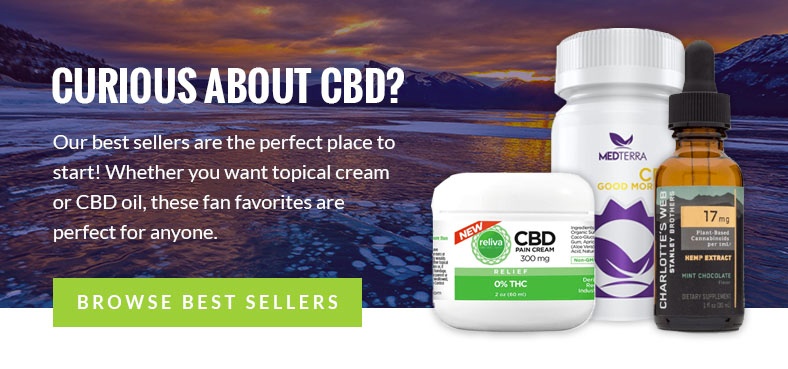Cannabidiol (CBD) can be an effective, easy to use, all-natural alternative to traditional therapies for symptoms of common conditions, including anxiety, chronic pain, inflammation, nausea, epilepsy and seizures, neurological issues, and much more.
But if you’ve never used it before, you’ve probably got questions about using it safely. What are the side effects of CBD oil, if any? How do you know if you’re having a bad reaction? What should you look out for?
Benefits vs. possible side effects of CBD
While normally very safe for use in humans, it’s still best to proceed carefully at first if you decide to begin using CBD. Start with small servings after consulting your physician. And, if you don’t experience any side effects, gradually increase to the optimal serving size for your needs. But if you experience negative reactions to its use, don’t risk your health or comfort further.
What side effects to look out for
When first using any CBD products, a little caution is wise. Side effects can include:
- Dry mouth
- Light-headedness or dizziness
- Drowsiness
- Lowered blood pressure
Since cannabidiol is extracted from the cannabis plant, the CBD products you use can also contain trace amounts of THC. If you’re allergic to the latter, your body may experience different or additional symptoms, like nasal congestion, red or watery eyes, or itchy skin.
What to do if you experience side effects
First, stop using the products in question immediately. Most side effects of CBD are mild, but if you’re experiencing heightened symptoms or other troubling reactions, contact your doctor or a local clinic. Similarly, if you are taking medication to manage your conditions and worry about how they’ll interact with cannabidiol, talk to your physician before beginning to use CBD products.
Also check the ingredients in your products to make sure your reaction isn’t actually due to other factors or some other allergy. Your body may be more receptive to CBD in another formula.
Shop a wide range of products and buy CBD online through our website, where you’ll also find more about how CBD is extracted, its uses, and other resources in our CBD Information Guide.


